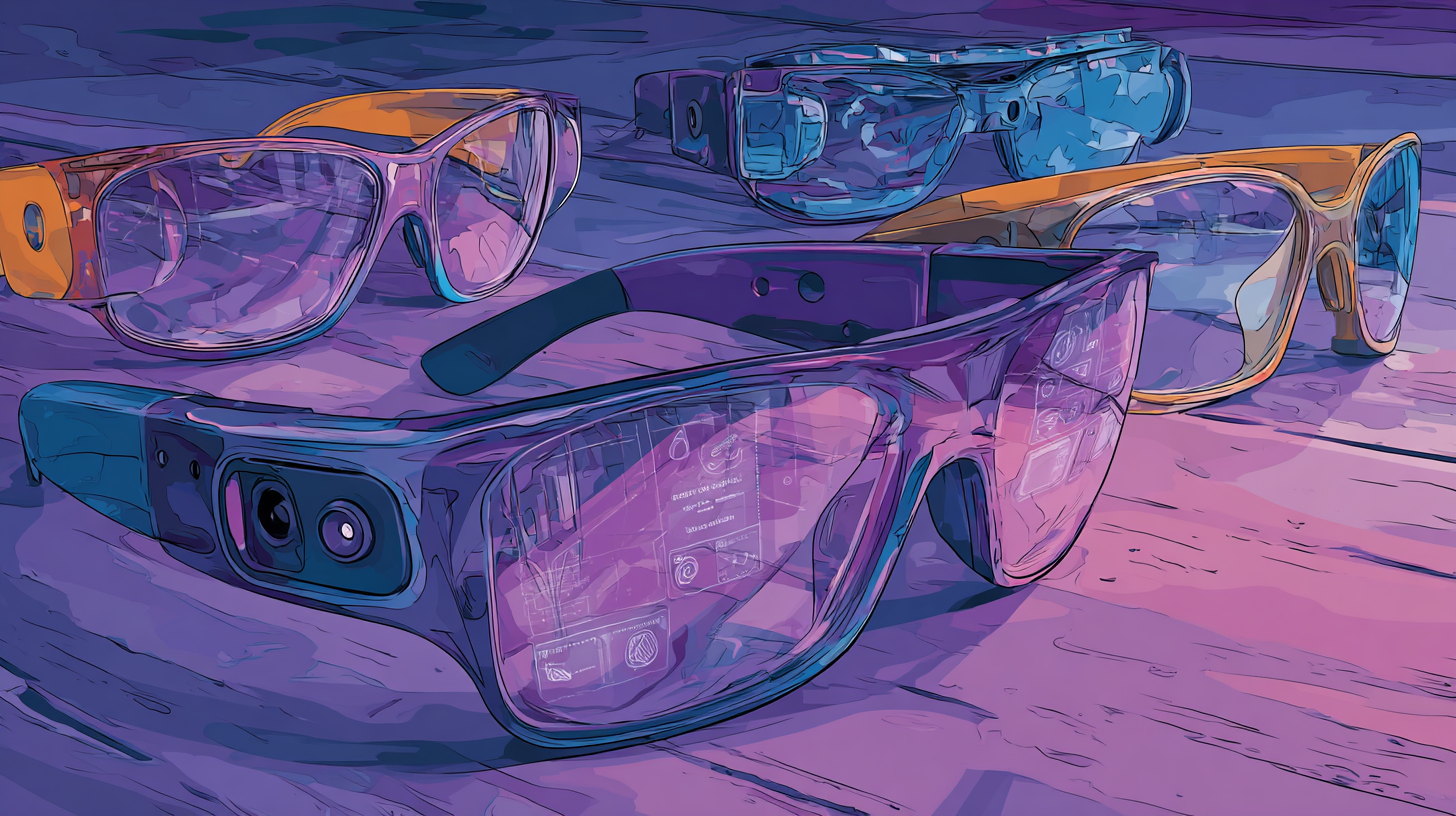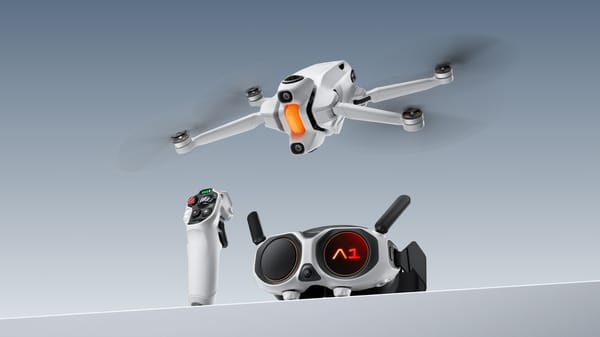📬 Remix Reality Weekly: Glasses in Focus

Your free Friday drop of spatial computing updates—plus what Remix Reality Insiders unlocked this week.
🛰️ The Signal
This week’s defining shift.
Machines are learning from the real world and from the ones we simulate.
To act in the physical world, machines need more than one kind of data. Companies are fusing real-world capture with physics simulations and digital twins to give AI the breadth it needs to generalize.
👉 Get access to the full insight in this week’s Insider drop.
📡 Weekly Radar
Your weekly scan across the spatial computing stack.
🤖 OpenMind Unveils OM1 Beta, Calls It Robotics’ “Android Moment”
- OpenMind has released OM1 Beta, a universal, open-source operating system that enables robots to perceive, reason, and act autonomously.
🍔 Circus Rolls Out Autonomous Food Robot at Meta’s Munich Office
- Circus SE has delivered its CA-1 robot to Meta, marking the first real-world use of its autonomous meal system.
🏃 Meta and Oakley Debut Vanguard AI Glasses for High-Intensity Sports
- Meta and Oakley unveiled Oakley Meta Vanguard, a new line of performance AI glasses built for athletes, priced at $499 and launching October 21.
🔋 Meta’s New Ray-Ban Glasses Let You Hear More Clearly and Film in 3K
- The new Ray-Ban Meta (Gen 2) glasses feature double the battery life, faster charging, and upgraded 3K Ultra HD video with HDR.
😎 Meta Launches First AI Glasses with Built-In Display and EMG Wristband
- Meta Ray-Ban Display introduces Meta’s first AI glasses with an integrated color screen and neural wristband.
👻 Spectacles Gets WebXR-enabled Browser, New Spotlight and Gallery Lenses
- Snap OS, the operating system for Spectacles, has been updated to Snap OS 2.0, bringing updates to the browser and new lenses to discover content.
👓 visionOS 26 Now Available With Full Rollout of New Spatial Features
- Apple has officially released visionOS 26 for Vision Pro, delivering new ways to interact with apps, media, and people in spatial environments.
🚗 Qualcomm and HARMAN Team Up on AI-Enabled Cockpit Solutions
- Qualcomm’s Snapdragon Cockpit Elite will power HARMAN’s Ready lineup for AI-driven in-car experiences.
💰 Over 300 VR Apps on Meta Horizon Have Topped $1M, With 10 Surpassing $50M
- Meta revealed strong developer momentum at Connect 2025, and new tools for monetization, mixed reality, and spatial development for Horizon OS.
🛠️ New Meta Tools Aim to Simplify 3D Content Creation in VR
- Horizon Studio and Horizon Engine aim to simplify VR content creation, with Hyperscape enabling photorealistic scans via Quest headsets.
👀 ABB Invests in LandingAI to Accelerate Vision AI for Autonomous Robotics
- ABB will integrate LandingAI’s vision AI tools to enhance robot training and deployment.
📷 RoboSense Scales Global Supply of Digital LiDAR for Intelligent Vehicles
- RoboSense has entered mass production of EM, its full digital LiDAR platform for driver assistance and autonomous systems.
🎮 Virtual Boy Returns with 3D Games and Accessories for Nintendo Switch
- Nintendo will launch Virtual Boy titles on Switch Online + Expansion Pack in the U.S. and Canada on February 17, 2026.
🌀 Tom's Take
Unfiltered POV from the editor-in-chief.
As someone who wore Google Glass daily and later Focals by North, I’ve had extensive hands-on experience with wearing smartglasses with a display. The dream of a hands-free, heads-up digital experience is one I still believe in. But in my experience, two obstacles still stand in the way of mainstream adoption.
The first is comfort. Eye strain and eye fatigue from smartglasses are a real thing, especially in the first few weeks of wearing them. This is especially a problem with monocular displays, which make the brain juggle input from one eye against the usual balance of both, a kind of constant mental gymnastics. I remember feeling like I was going cross-eyed trying to play games on Google Glass and getting a headache shortly after. Add factors like screen brightness, focal distance, and display alignment, and the effect can be disorienting. It gets better over time, almost like building a new muscle, but this feeling can be off-putting for those who experience this right out of the box and are not so committed to an adjustment period.
The second is context. On paper, being able to read messages or emails in your line of sight sounds great. In practice, it quickly becomes overwhelming. When every notification pops into your view, it just becomes eye noise. Notifications are already a constant distraction on our phones and watches today, bringing them up to your eyes makes it even harder to stay focused on the world around you. Ironically, this is completely opposite to the goal of glasses, which are to keep you more present in the moment. I remember having to turn my glasses off many times just to hold an everyday conversation because text messages were literally obscuring the person in front of me. This is where AI has to step in to add context. Displays on glasses need to be context-aware, surfacing information only when it’s truly helpful. Done right, they can be a companion. Done poorly, they become an intruder.
🔒 What Insiders Got This Week
This week’s Insider drop included:
- 🧠 Reality Decoded: Three takeaways from Meta Connect 2025.
- 🔮 What’s Next: Waymo expands robotaxi service; investors back foundation models for robots; and location-based VR scales up.
👉 Unlock the full drop → Upgrade to Insider
🚀 Thanks for being a Remix Reality subscriber!
Know someone who should be following the signal? Send them to remixreality.com to sign up for our free weekly newsletter.
📬 Make sure you never miss an issue! If you’re using Gmail, drag this email into your Primary tab so Remix Reality doesn’t get lost in Promotions. On mobile, tap the three dots and hit “Move to > Primary.” That’s it!





